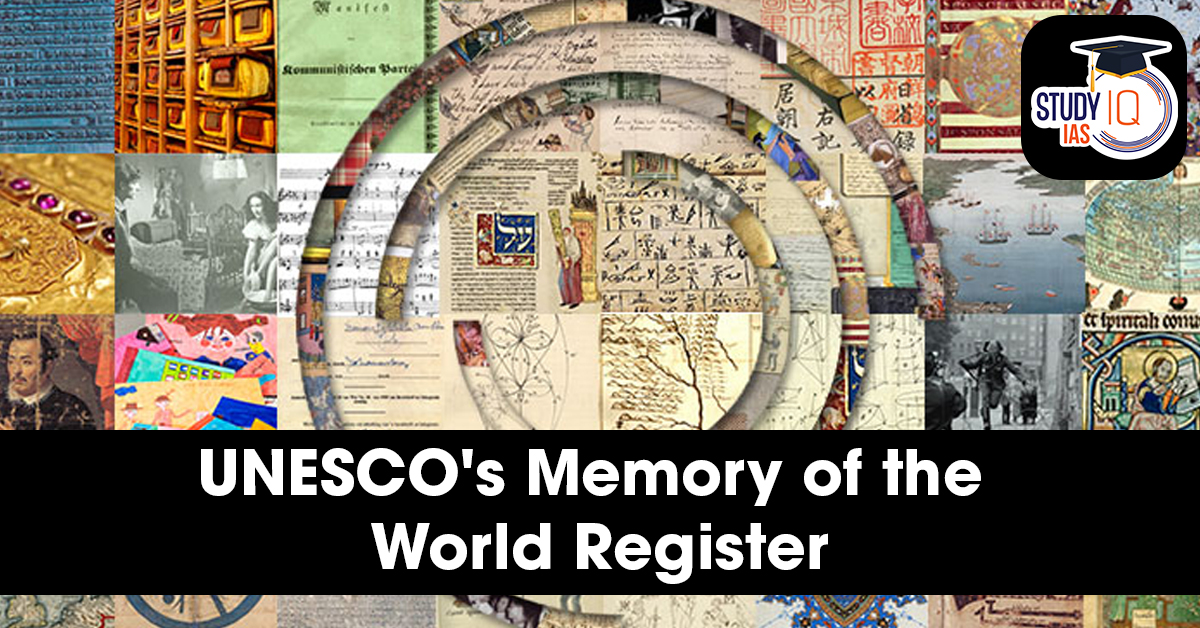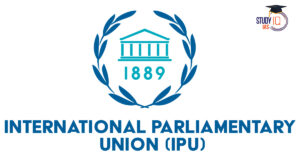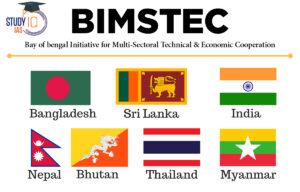Context: The Shrimad Bhagavad Gita and Bharat Muni’s Natyashastra have been inscribed in UNESCO’s Memory of the World Register.
About UNESCO Memory of the World Register
- The Memory of the World Programme was established by UNESCO in 1992.
- Aim: Preservation and accessibility of the documentary heritage of humanity (manuscripts, oral traditions, audio-visual materials, library and archive holdings, etc.).
- The UNESCO Memory of the World Register is a list of documents that hold global significance in terms of history, culture or social impact.
- Total number of inscribed collections – 570.
- With the inclusion of the Gita and Natyashastra, India now has 14 entries in UNESCO’s Memory of the World Register.
| Bhagavad Gita |
- It is a philosophical discourse that occurs on the battlefield of Kurukshetra, where Arjuna faces moral and emotional conflict before a war.
- It contains 700 verses in 18 chapters, and is embedded within the Bhīṣmaparva (adhyāya 23-40) of the epic Mahabharata.
- It was written by Maharishi Vedvyas Ji.
Natyashastra
- It is a foundational guide to Indian theatre, poetics, aesthetics, dance and music.
- It lays down an elaborate framework for various art forms, covering nāṭya (drama), abhinaya (performance), rasa (aesthetic essence), bhāva (emotion), and saṅgīta (music).
- It was written by Bharat Muni. It is also known as Nāṭyaveda or Gāndharvaveda.
- It comprises 36,000 verses. It is believed to be derived from an oral tradition.
- It’s also known as the fifth Veda.
|
Sharing is caring!


 International Standards of Accounting an...
International Standards of Accounting an...
 150th Summit of Inter-Parliamentary Unio...
150th Summit of Inter-Parliamentary Unio...
 BIMSTEC Countries 2025, Area of Cooperat...
BIMSTEC Countries 2025, Area of Cooperat...





















